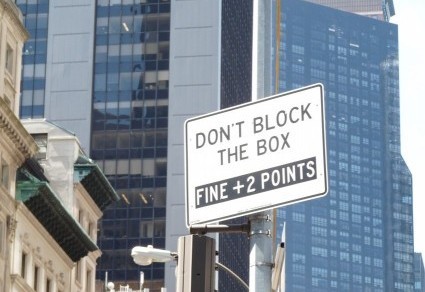Pronouns create more problems per letter than any other part of speech, in my humble and completely unscientific opinion. You’d think that a scarcity of letters would open up fewer chances for error, but the opposite is true. Consider “it,” which is nearly as small as it gets, pun intended.
This sign is posted in a bathroom in a building owned and operated by a distinguished university, which shall remain nameless but not blameless:
 I support the plea, the lavatory version of the Golden Rule, but not the pronoun. As the sentence is worded, “it” has to refer to “stalls and sinks.” Those items are clearly plural, and “it” is singular.
I support the plea, the lavatory version of the Golden Rule, but not the pronoun. As the sentence is worded, “it” has to refer to “stalls and sinks.” Those items are clearly plural, and “it” is singular.
Now a few words from a distinguished newspaper, which shall also remain nameless:

When I first read this article, I thought that Loftsson’s whaling operation did not recognize “an international ban on commercial hunting.” Duh, I thought. They’re hunting; hence in the company’s view, the ban isn’t valid. A few minutes later, I realized that Iceland doesn’t recognize the ban. I probably would have caught on sooner had I had my morning coffee before reading the paper. But that’s why the rules for pronoun antecedents exist: to keep things clear even in the absence of caffeine.
Last is this caption, posted near the excavation of a Roman site. Mindful of my own frequent errors in the second and third languages I’ve studied, I’m ignoring the obvious translation issues. Instead, I’m focusing on the last word, “it”:

The photo is a bit unclear, so I reproduce the text here:
“Opening a settlement, to public visitors, would make some interventions destined for restoration, conservation, and spreading. The objective is to guarantee that the remains, mosaics, walls or paintings, wouldn’t deteriorate more than they are and, at the same time, visitors could understand them. Its appearance is never the same as the one in the excavation, neither is the one that had while the Hispanic-romans were using it.”
I dare you to define “it” with certainty. After reading other signs posted around the excavation, I realized that I was looking at the remains of a bath house and latrine. This “it,” in other words, has a lot in common with the modern restroom where I found the first sign. The more pronoun errors change, it seems, the more they stay the same.
Like this:
Like Loading...



























 I support the plea, the lavatory version of the Golden Rule, but not the pronoun. As the sentence is worded, “it” has to refer to “stalls and sinks.” Those items are clearly plural, and “it” is singular.
I support the plea, the lavatory version of the Golden Rule, but not the pronoun. As the sentence is worded, “it” has to refer to “stalls and sinks.” Those items are clearly plural, and “it” is singular.








